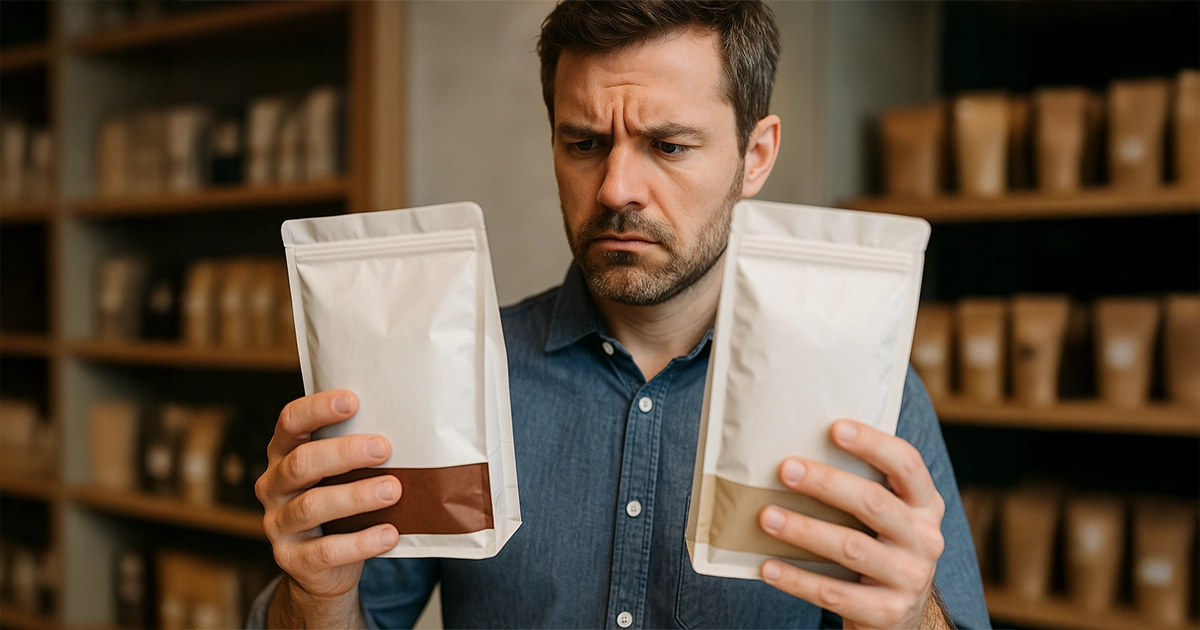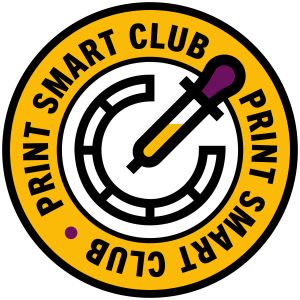When your business is growing, it’s tempting to approach packaging one product at a time. You just need something finished and printed—fast. But after a few launches, the cracks start to show: labels don’t match, colors feel off, your logo jumps around, and nothing really ties the range together. What started as a few quick fixes becomes an inconsistent mess that weakens your brand.
This is where a packaging system can transform your process—and your brand’s presence.
What Is a Packaging System?
A packaging system is a unified design framework that applies across your product line. It’s a set of visual rules that ensures your packaging looks like it all comes from the same family—even when the products are different.
That doesn’t mean everything has to look identical. A good system leaves space for personality and flexibility—like color-coding for flavors, or subtle style shifts for product categories—but the foundation stays consistent.
Typically, a packaging system includes:
- A clear structure for layout and information hierarchy
- Consistent placement and scale for your logo
- Defined use of typography and color palette
- Repeatable design elements like icons, shapes, or framing
Think of it as your packaging “language.” When done well, it creates brand recognition in seconds.
Why One-Off Designs Cost More (In the Long Run)
Designing each product separately might feel easier in the short term—but the long-term costs pile up quickly. Without a system, every new label becomes a mini project. That means more time spent rethinking layouts, rewriting specs, and catching small (but critical) inconsistencies.
It also creates more room for errors: wrong file sizes, missing bleed, mismatched colors, or forgetting required information. And when your printer has to keep asking for clarification or corrections, that’s both delay and cost.
Worse, when your brand looks different from one product to the next, customers notice—and it can confuse or even reduce trust in your business.
The Benefits of a System Approach
When you build and follow a packaging system, everything gets easier—and better. Your designs start to reinforce each other, giving your brand a stronger, more memorable identity. Customers begin to recognize your products without needing to read every label.
From a business side, it’s even more practical:
- You save time.
With design templates and structure in place, future packaging work goes faster.
- You reduce errors.
Standard specs mean fewer mistakes and smoother communication with printers.
- You gain flexibility.
Want to add a new flavor, size, or promo sticker? No problem—your system is ready for it.
- You build trust.
Professional, cohesive packaging helps your brand feel more reliable and established.
Over time, these small efficiencies and improvements compound—and that can make a big difference to your bottom line.
How to Start Building Your Packaging System
You don’t need a complete rebrand to begin. Even a few structured steps can bring clarity and consistency.
Start by looking at your existing packaging. Are there common patterns or visual elements? What feels scattered? From there, define a basic structure: where does the logo go, what fonts are used, how is flavor or product info highlighted?
Then create master templates—these can be InDesign files, Illustrator layouts, or even rough sketches—that you or your designer can use going forward. Keep things flexible, but firm enough to guide future decisions.
And document your choices. Even a simple brand-and-packaging guide can save hours of back-and-forth later.
Final Thought
Good packaging doesn’t just look nice—it works hard. When you treat packaging as a system rather than a series of disconnected designs, you’re investing in something much bigger: a brand that grows efficiently, communicates clearly, and earns trust with every product it puts on the shelf.

